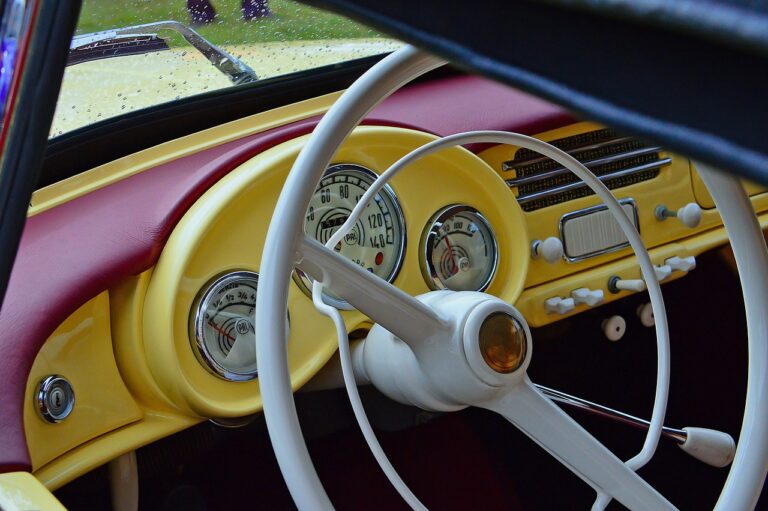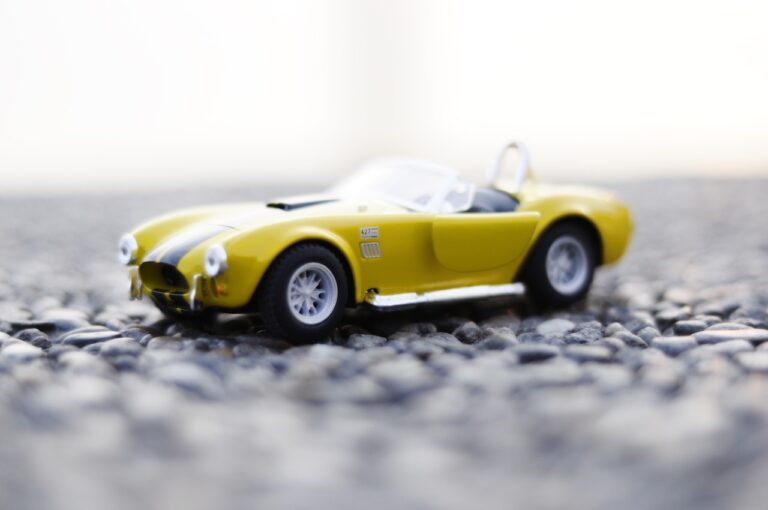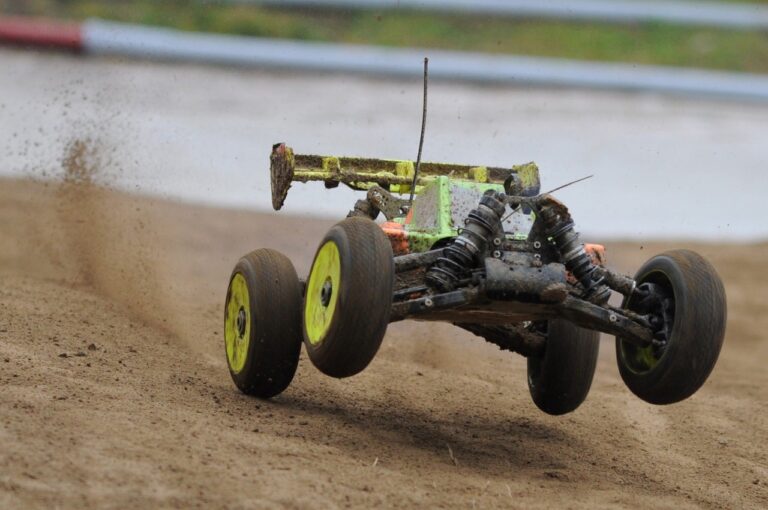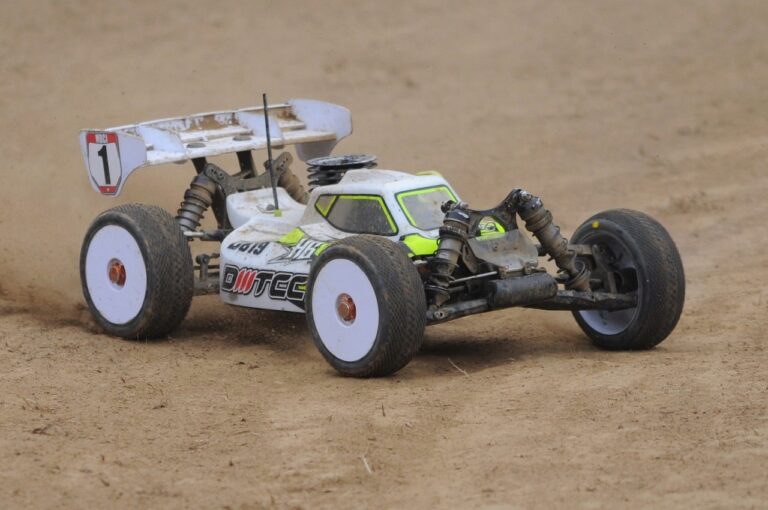The Evolution of Car Window Glass: From Tempered to Laminated Safety Glass
Car window glass has undergone significant transformations over the years. In the early days of automobiles, windows were typically made of standard plate glass, which was heavy and prone to shattering into sharp, dangerous shards upon impact. This posed safety risks for both drivers and passengers in the event of accidents or collisions.
To address these safety concerns, tempered glass was introduced in the automotive industry. Tempered glass is created through a process of extreme heating and rapid cooling, resulting in a much stronger and more durable material compared to standard glass. This new type of glass significantly improved the safety of car windows, as it is designed to break into small, blunt pieces upon impact, reducing the risk of injury to occupants.
Tempered Glass in Early Automobiles
Tempered glass quickly became a popular choice for early automobiles due to its durability and safety features. This specially treated glass undergoes a process of heating and rapid cooling, resulting in increased strength and resistance to breaking upon impact. This was a significant advancement in automotive technology, providing drivers and passengers with added protection in the event of accidents.
In addition to its strength, tempered glass also reduces the risk of injury in case of breakage. Unlike regular glass, which shatters into sharp, dangerous shards, tempered glass breaks into small, blunt pieces that are less likely to cause harm. This feature made tempered glass a superior option for car windows, enhancing the overall safety of early automobiles.
What is the evolution of car window glass?
Car window glass has evolved from regular glass to safety glass, such as tempered glass, for added protection in case of breakage.
What is tempered glass?
Tempered glass is a type of safety glass that is processed by controlled thermal or chemical treatments to increase its strength compared to regular glass.
Why was tempered glass used in early automobiles?
Tempered glass was used in early automobiles for its increased strength and safety features, making it less likely to shatter in case of impact.
How does tempered glass in early automobiles differ from regular glass?
Tempered glass in early automobiles is stronger and more resistant to breakage compared to regular glass, providing added protection for passengers in case of accidents.
Are there any drawbacks to using tempered glass in early automobiles?
One drawback of tempered glass in early automobiles is that it cannot be repaired once it is cracked or chipped, and must be replaced entirely.





